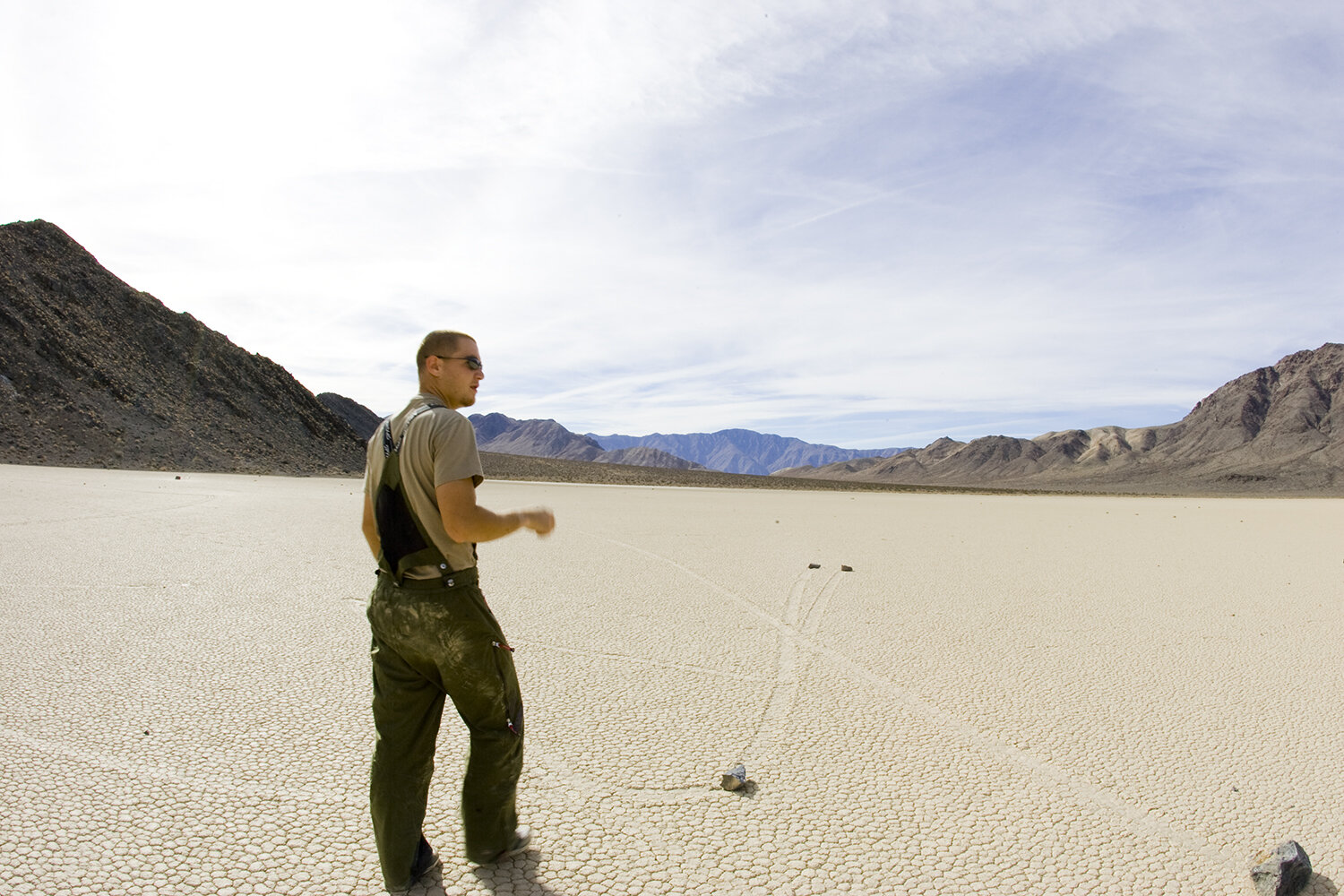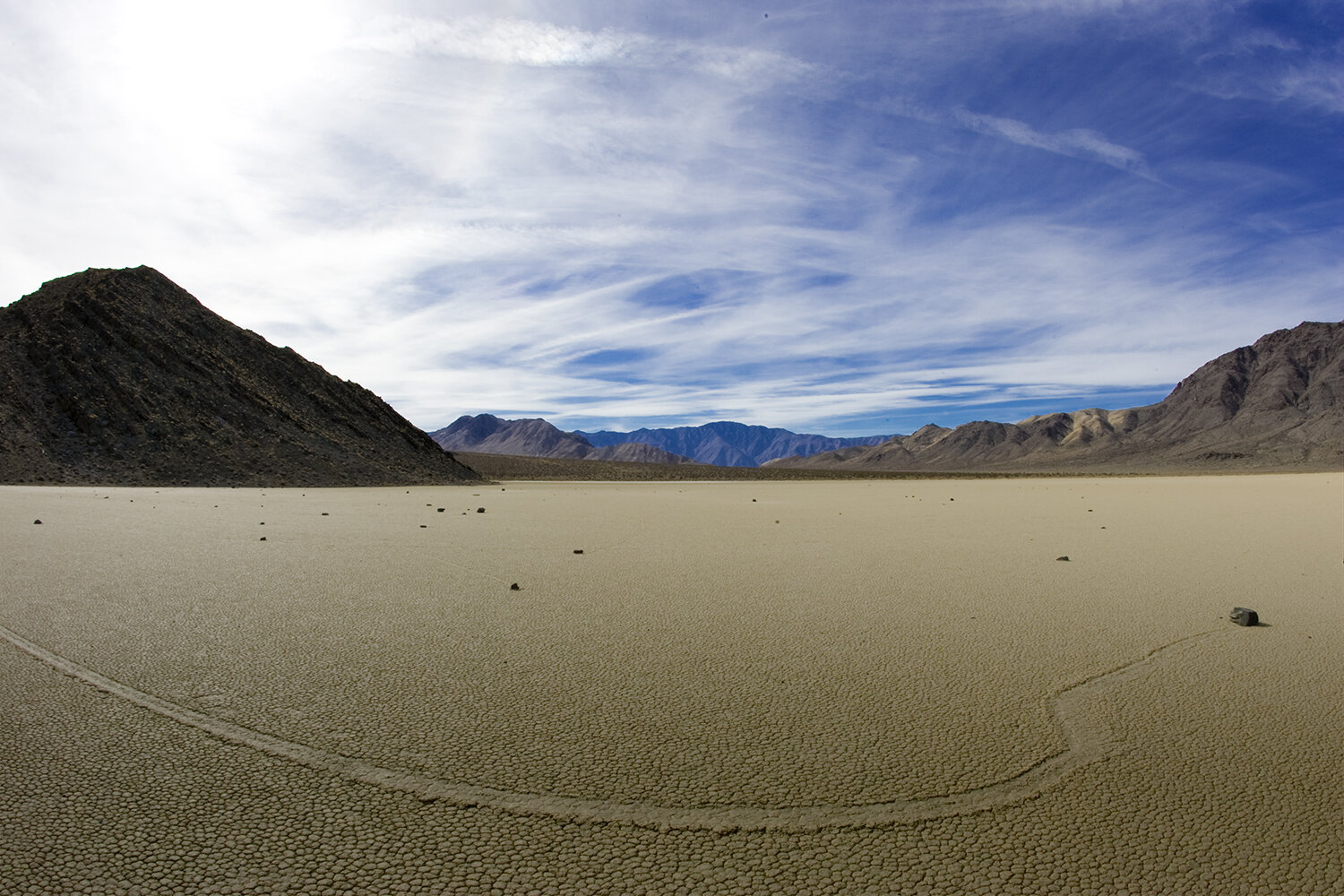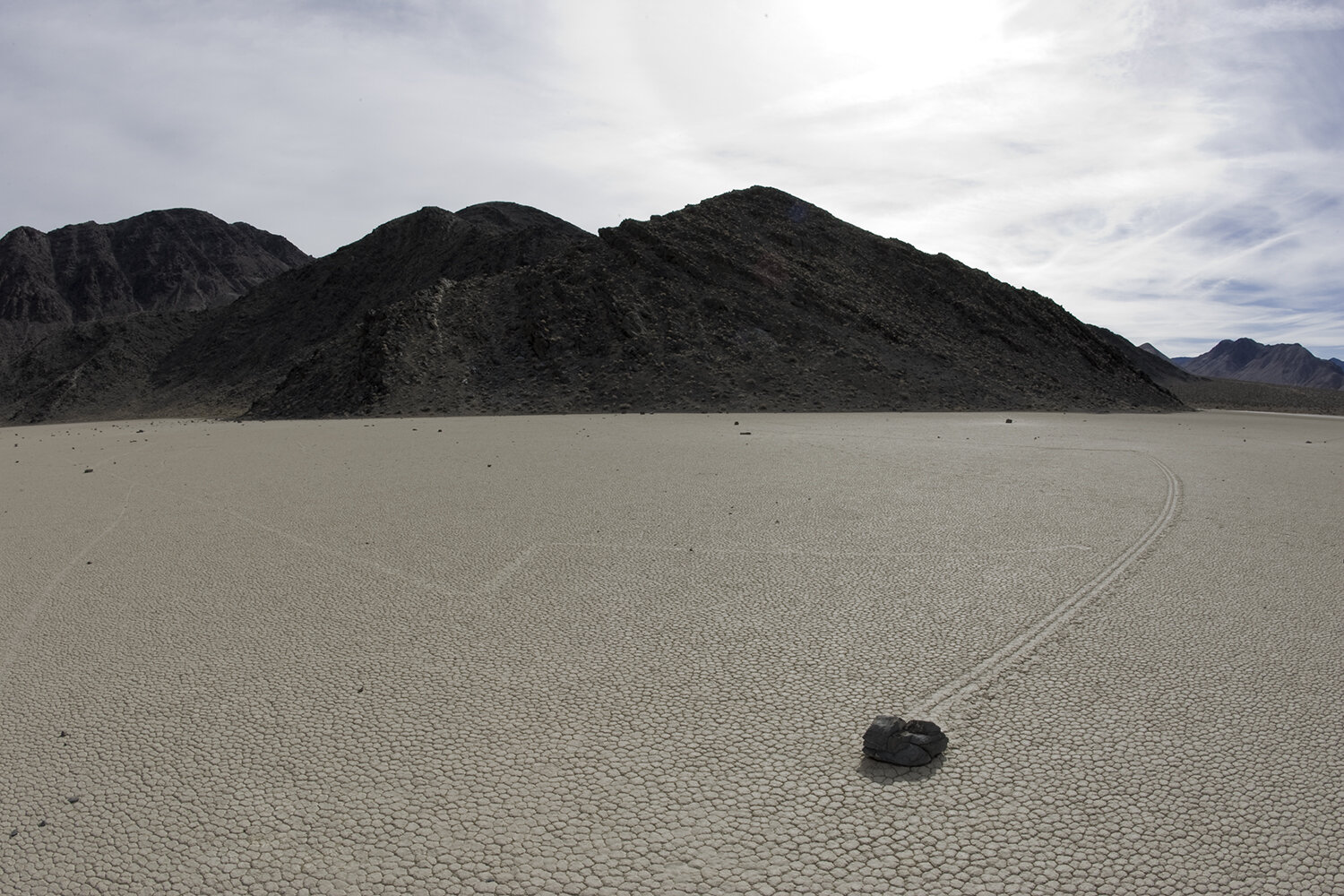Light beaming down through the Slot Canyon, in Page, Arizona at high noon.
Frosted Pine Trees Surrounding Colorful Aspens Fall Season, Colorado
Frosted Pine Trees Surrounding Colorful Aspens
Once again I went to Aspen for the fall season. It was more colorful than last year with many red, orange, green, and yellow colors. The aspen trees seem to glow in this image. What happened was this was shot early morning when the first snow of the year fell and stuck to the trees. The sky was cloudy, but then started to clear up making gaps in the cloud cover. This image was taken right when the sun poked out and illuminated the aspen trees. A bit of luck!!! Love those. It was taken around 10 miles east of Aspen, Colorado.
Shot details:
Camera Details: Canon EOS-1Ds Mark III
f/8; 1/400 sec; ISO 200; 3744×5616 Pixels
Lens Details: Canon EF 70-200 2.8 L IS USM; 1.4xTC
Focal Length 280mm;
Accessories:
Winter Water Colors: Aspen Colorado
Winter Water Colors: Aspen Colorado
May 20, 2005 By Joe Morahan
As I was walking through the grass looking for the perfect composition I noticed this bush. Its had every color imaginable. It looked as though a painter had been there the night before and painted each leaf a different color. It dried and nature put a splash of frost on the edges. It was a picture waiting to happen. It was near Ashcroft, Colorado. Aspen has some of the most beautiful colors during the fall season.
Morning Frost during Fall Season in Aspen Colorado
Getting up early for photoshoots is what has to happen in order to set yourself up for a great morning shoot. After so many days its hard to keep going, but its worth it to see the great shots from the day that you forgot about. I had done so much shooting I almost forgot about these guys. They had some amazing colors. In fact it seemed like they had every color possible; yellow, green, pink, blue, tan, brown, gold and so many others. The frost was all over the plant life that morning, and yes….that means I was soaked from head to toe from rolling around in the grass trying to get the shot. It was maybe 30 degrees and as I remember a bitter cold wind.
Horseshoe Bend in Glen Canyon
High Noon at Horseshoe Bend in Glen Canyon near the grand canyon
Death Valley Race Track
Death Valley Race Track!
The Moving Rocks!!!
One of the geological attractions is called the Racetrack Playa, famous for it’s moving stones. The floor of the playa is dried, scorched mud which has broken into perfect little octagons and pentagons and mosaic. This is as “desert” as you can get in America. It’s as flat as flat can be. With rocks which seem to move on their own.
The stones vary in size and shape from pebble size to half-ton boulders. They break off the hills you see in the background. Their tracks vary in length, going every which way from zig-zags to loops; some double back on themselves. Some travel only a few feet; others go for hundreds of yards, yet they can be right next to each other, and right next to some that don’t move at all.



Filed Under: Nature
Lion getting ready for the early morning hunt in Tanzania
Early Morning Hunt
Lion on the Hunt
‘Every morning in Africa a gazelle wakes up and knows that it will have to outrun the fastest lion or it will be killed.
And, every morning in Africa a lion wakes up and knows that it will have to outrun the slowest gazelle or it will starve to death.
So, in Africa, it doesn’t matter if you’re the lion or the gazelle, when the sun comes up, you had better be running.’
-Author Unknown
Camera Details: Canon EOS-1D Mark II
Shot details: f/3.5; 1/640 sec; ISO 100; 3744×5616 Pixels
Focal Length 73mm; EF 70-200mm f/2.8 IS USM
Camera Details: Canon EOS-1D Mark II
Female Lion Hunting at Sunrise in the Serengeti National Park, Tanzania
Female Lioness At Sunrise Hunting in Serengeti National Park, Tanzania, Africa
Female Lioness At Sunrise Hunting in Serengeti National Park, Tanzania, Africa
The female lioness pictured here was hunting at the crack of dawn near a place known as Simba’s rock in the Serengeti plains of Tanzania.
Lions learned ages ago that, while solo performances may be dramatic ego boosting exercises, real success comes more from symphonic performances, where each player does his part.Using this strategy, lions are capable of taking prey as large as wildebeests, zebras, buffaloes, elephants, rhinos, hippos, and even giraffes. It’s all about teamwork in the bush.
Females perform 85 to 90 percent of the Pride’s hunting.They have mastered the art of hunting in groups, surreptitiously stalking their prey in silence and practicing a strategy that involves ‘triangulating their targets’, surrounding it without the target’s knowledge. Taking advantage of reduced visibility in the tall grasses, they especially favor the advantages of hunting in the dead of night.
Lions will usually work in tandem until their prey is inside 100 feet before making the final attack.One of the Lionesses will confront the startled prey by charging it head on.The terrified animal instinctually turns and bolts away from the charging lion only to find itself confronting the other lionesses waiting in cover who, during the hunt, at full speed, can reach speeds of up to 50 miles an hour for short distances.They strike the target in a deadly pincer move, racing in from both left and right. They pounce upon the confused, horrified animal.This hunting methodology produces a 50% success rate, far in excess of the success rate of solo hunters.
Meanwhile, the males are back at ‘home’ protecting the pride and its precious territory.They participate in only 10% to 15% of the kills, and display bad manners, demanding to be the first to savor the fruits of the kill.
Being King brings other privileges, as well.Lions often supplement their diets in a big way by driving off hyenas, cheetahs, and even leopards from their kills.At times, this bullying may produce half the pride’s diet, achieved with very little effort.
Camera Details: Canon EOS-1D Mark II(click image to enlarge)
Shot details: f/3.5; 1/640 sec; ISO 100; 3744×5616 Pixels
Focal Length 73mm; EF 70-200mm f/2.8 IS USM
Camera Details: Canon EOS-1D Mark II
Lion in the Serengeti National Park in Tanzania
The Serengeti National Park in Tanzania is nearly six thousand square miles in size and is home to every plains animal including the ‘big five’.Its bi-annual migration of animals north and south chasing the rains involve the movement of six million hooves and is unlike anything else seen on planet earth.With these six million hooves stomping its surface, dropping dung to be fertilized by the ensuing rains, its bone dry, threadbare grassland will spring to life after next season’s rainfall.And, as the animals smell moisture, they know that fresh grasses await them on arrival.This cycle has been repeating itself for millennia.
Not only do 1.5 million animals thrive in this cyclic environment, but as one might surmise, the dung beetle does extremely well in such a nutrient rich environment, with researchers categorizing at least one hundred variations of this beetle within the park lands.
Stretching from the The Great Rift Valley in the East to Lake Victoria in the West, to the contiguous Masai Mara game reserve in the North, as far as Ngorongoro Crater in the south, The Serengeti represents one of Nature’s finest treasures. Despite the struggles, travails, political instability, corruption, tribal conflicts, poverty, and disease that plague most of Africa, the respect for, and management of, the Serengeti Ecosystem is recognized by the governments of the countries in which the plains exist, donations to support the park come from all over the world, a world that solemnly believes that the marvels of the Serengeti truly belong to all mankind.Recently, man has done well in his efforts to preserve such a wonderful place, and to protect the animals that live in a place like none other on earth.
Camera Details: Canon EOS-1D Mark II(click image to enlarge)
Shot details: f/3.5; 1/640 sec; ISO 100; 3744×5616 Pixels
Focal Length 73mm; EF 70-200mm f/2.8 IS USM
Camera Details: Canon EOS-1D Mark II
The Shifting Sands of Tanzania
The Shifting Sands in Tanzania
There is a quite unusual sight on the Serengeti Plains, several miles from the Ngorongoro Crater.Innocuously small from a distance, an apparently unremarkable and incongruous pile of blackish sand has somehow found its way to this particular piece of earth and formed into a sand dune where none other exist.But there is nothing ordinary about this sand. Today, tomorrow, next week, next month, and next year it will surely have moved somewhere else.The sand is magnetic, and moves with the wind, but the magnetic attraction between the grains keeps the sand together, an isolated dune that shifts with the winds.Markers have been set up by researchers to denote its location on a given date and one can trace its past movements over the weeks and months and years by following the trail of stakes that denote the date the dune had passed a given spot on the windswept plain.
The ‘Shifting Sands’ of Tanzania, as they are known, consist of volcanic ash that the winds have blown out of, and deposited here, from the dead Volcano, Oldonyo Lengai.Once on the ground, and in the presence of other ash, the magnetic charge of the particles has allowed the ash that continues to fall to accumulate into a sizable and growing dune.The blowing winds are strong enough to move the ash, but not strong enough to defeat the magnetic forces that keep the grains attached. Wind merely shifts the dune’s shape as it crawls slowly across the plains, at the rate of about sixteen feet per year.
Discovered and first tracked by researchers in 1969, this peculiar ‘Shifting Sand Dune’ has traveled about two kilometers over the past thirty-nine years.
Local Maasai, familiar with the moving sands, believe the shifting sands to be blessed with special powers.Decades ago, Maasai women would leave goat’s blood in a container in front of the dune, as an offering to the Gods. They would return to find the jug gone.A year later, the empty jug would reappear, apparently untouched, but empty of its contents on the other side of the dune.The Maasai legend grew that the Gods were pleased with and had accepted their offering.Hence, the gift became ritual in nature.Even today the sands are still considered a ‘holy place’ by the Maasai People.
Camera Details: Canon EOS-1D Mark II(click image to enlarge)
Shot details: f/3.5; 1/640 sec; ISO 100; 3744×5616 Pixels
Focal Length 73mm; EF 70-200mm f/2.8 IS USM
Camera Details: Canon EOS-1D Mark II
A lone buffalo walking on hill side in a winter blizzard
I was driving today up to Copper Mountain to cover some Snow Boarding events and noticed this on the side of the road and had to take a few shots. It was a beautiful winter storm with huge snow flakes falling down and a buffalo just walking through the snow storm. The Rocky Mountains are a great placing to be living and getting days like this in Denver made the move worth it. I missed Colorado tons and I am happy to be back.
Shot details: f/3.5; 1/640 sec; ISO 100; 3744×5616 Pixels
Focal Length 73mm; EF 70-200mm f/2.8 IS USM
Camera Details: Canon EOS-1Ds Mark III










